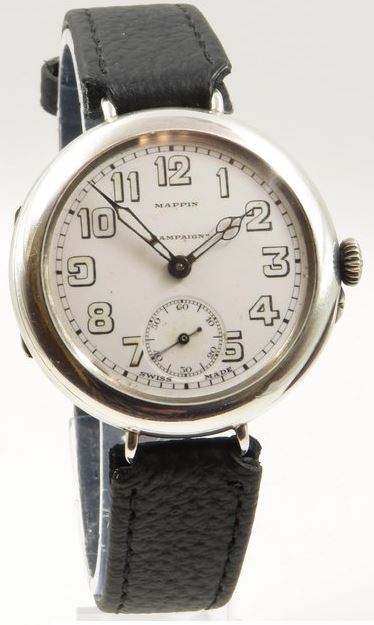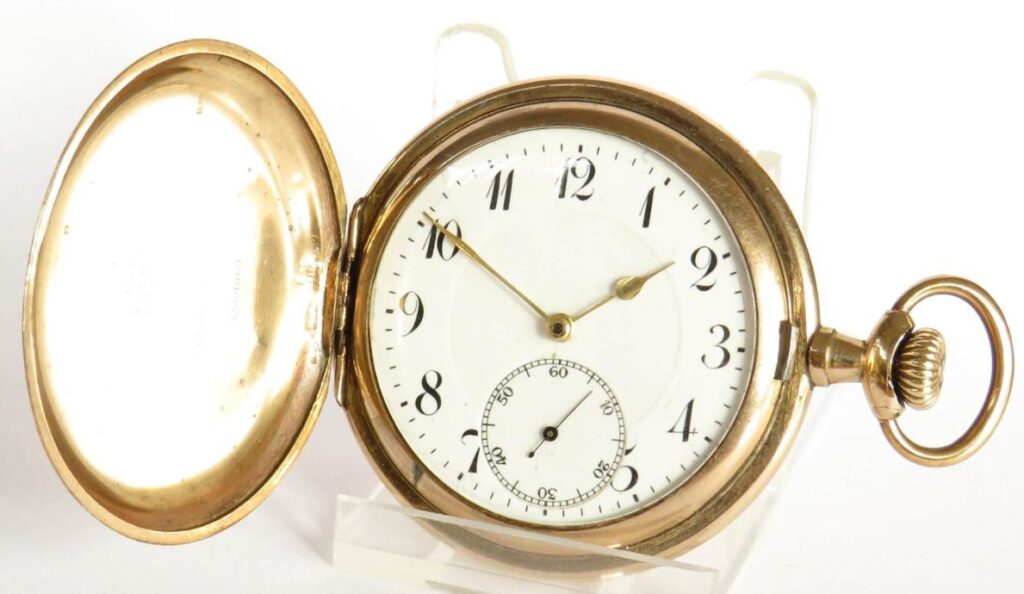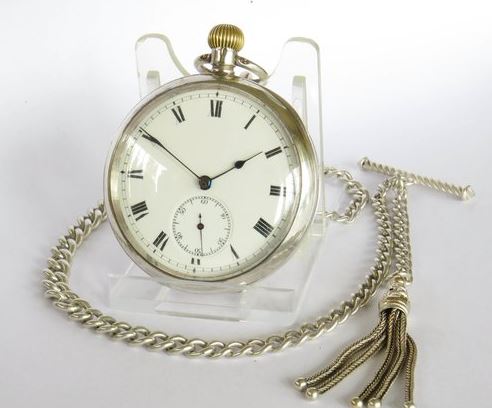Last updated on May 31, 2024
In this Time Worn Watches post, I am going to take a look at two terms that occasionally come up in the world of antique watch collecting, savonnette and Lépine. Antique pocket watches can be categorised into two main types, hunter or open face, which are also known as savonnette or Lépine. The terms savonnette or Lépine refer to both the type of case and the movement layout. Savonnette is a French word for “bar of soap”, which is similar in size and shape to a hunter pocket watch. The word Lépine comes from the name of the designer of Lépine watches, the French watchmaker, Jean-Antoine Lépine (1720 – 1814).
Movements
For key wound and set movements, the distinction doesn’t matter as they can be put into a case in any orientation as long as the dial is properly aligned. However, with the advent of stem wound and keyless set movements, the layout had to be adjusted depending on the type of case they would be used in. For keyless pocket watches, it was simple – a savonnette case had a savonnette movement and a Lépine case had a Lépine movement. However, when wristwatches were introduced, it became more complicated. The best option was to use a savonnette movement in a Lépine case, which has caused confusion to this day.
Traditionally, savonnette (hunter) watch cases have a metal cover to protect the dial’s crystal. Keyless savonnette movements and dials are laid out with the pendant and crown at 3 o’clock and the small seconds at 6 o’clock. The hinge for the case cover is at 9 o’clock when the movement is placed in the case. On the other hand, Lépine (open-face) watches don’t have a cover. Keyless Lépine movements and dials are arranged with the pendant and crown at 12 o’clock and the small seconds at 6 o’clock.
Wristwatches
This clear division lasted until the wristwatch was introduced. The main objective of a wristwatch was to allow the wearer to read the time while keeping their hands free to do other things, such as holding the reins of a horse. This required an open-face watch. However, an open-face Lépine watch had the crown in the wrong position at 12 o’clock. This is where one of the wrist strap lugs needed to be attached. A savonnette movement had the right layout, but opening the cover to read the time defeated the purpose of a wristwatch. That is not to say that hunter-cased wristwatches did not exist, but they were rare. There were also half-hunter wristwatches, that were equally rare.
The solution was to use a savonnette movement in an open-face Lépine case, which has caused confusion between the two terms ever since. Occasionally, open-face pocket watches are seen with the crown at 3 o’clock and the small seconds at 6 o’clock. This indicates that a savonnette layout movement has been put in a Lépine pocket watch case. These are usually referred to as “side-winders“. The most likely explanation for this is that the watch movement has been re-cased from a hunter-cased watch to an open-faced watch. This is often the result of watch cases being scrapped for the precious metal. The case was then replaced with cheaper material.
Savonnette (Hunter) watches
The savonnette or hunter watch case is designed with a metal lid that fully covers the dial. This protects the watch crystal and the enamel dial. However, it is visually unappealing and requires the lid to be opened in order to read the time. A demi-savonnette or half hunter is a variation of the savonnette watch that features a small circular window in the middle of the cover, allowing for easier time reading. Despite the window, the accuracy of time reading is still limited. This is due to the small size of the window and the invisible small seconds dial.
The savonnette or hunter watch layout is characterised by the placement of the 12 o’clock at the top. The hinge for the cover is at 9 o’clock, and the crown is at 3 o’clock. The small seconds dial is located at 6 o’clock, but is not visible when the lid is closed.
Lépine (Open Face) watches
The Lépine watch revolutionised the watch industry in the 18th century when its creator, Jean Antoine Lépine, re-designed the standard watch movement to make it slimmer. He is known for his influence on the modern design of watch movements. His name has been used in reference to different aspects of the design over time.
Lépine achieved the thinness by positioning the balance wheel within the same plane as the rest of the wheels, rather than above the top plate. This design was accomplished by having the top pivots of the balance wheel and train wheels pivot in cocks or bridges, instead of a single top plate. It also removed the bulky fusee and its chain and then began using the cylinder escapement. This style of movement became known as the Lépine calibre.
In his quest to create ultra-thin watches, Lépine mostly produced open-faced watches. These are watches without a lid covering the crystal. Over time, the term “Lépine” became synonymous with any open-faced watch. Although Lépine’s design influenced wristwatches, they did not become truly popular until the introduction of trench watches.
Open-faced Lépine watches typically have the small seconds dial placed at 6 o’clock, as seen in the image above. This placement is not due to any technical reason, but rather it just looks aesthetically pleasing. This layout, in terms of the stem and crown, differs from that of the savonnette movements. This required watch manufacturers to create separate movements for each style. Usually, the components are the same. The only difference is in the layout of the bottom and top plates or bridges.
Related content
Lépine at Watch Wiki.
Savonnette at Watch Wiki.



Interesting, so all antique wristwatches have savonnette movements?
Hi Wendel, essentially yes. Having the crown at the 12 o’clock position is awkward because it gets in the way of the lugs required for the watch strap. There are some exceptions such as the Mappin Campaign wristlet. However, in reality, this example is a pocket watch fitted to an awkward-looking pouch that is strapped to the wrist. Thanks for commenting, Jason